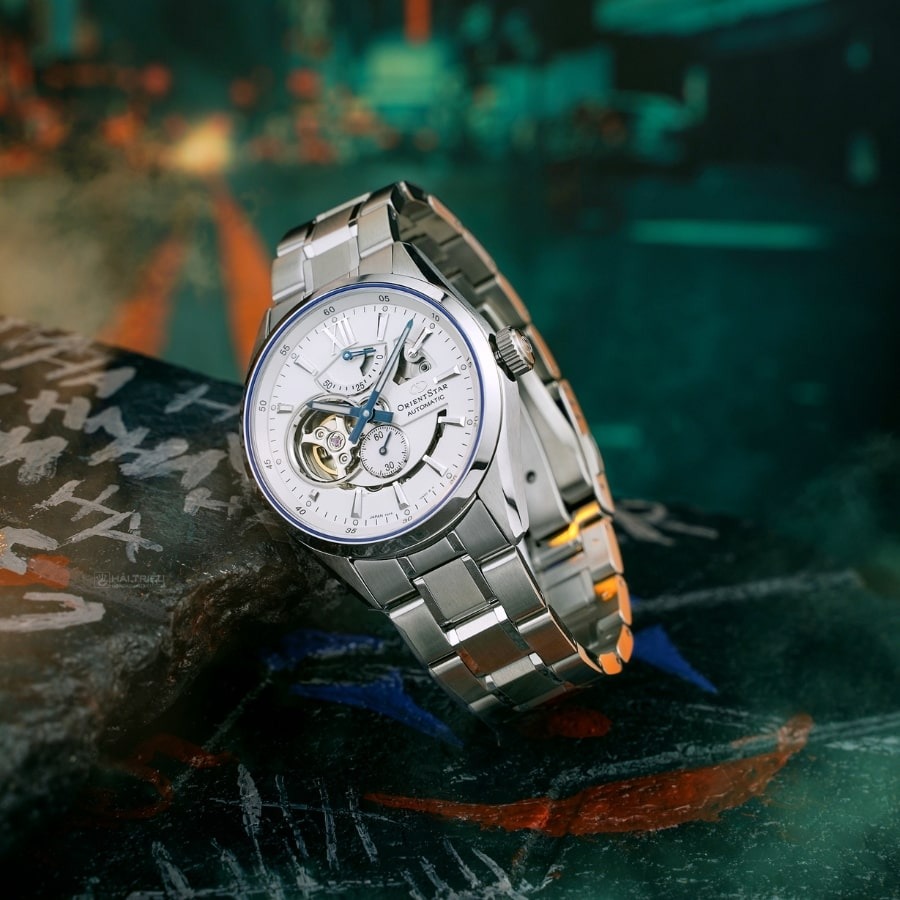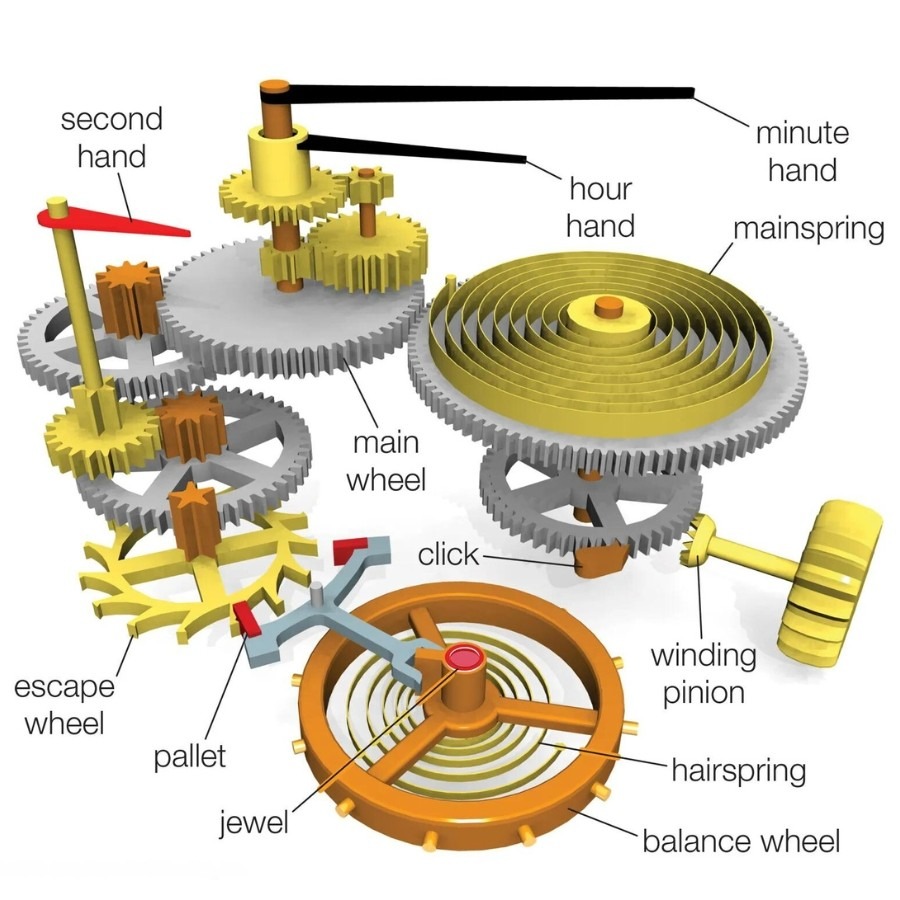Blog Replica Watches
Exploring Mechanical Watches: What You Need to Know Before Buying
This is a common question when someone begins exploring the world of watches. A mechanical watch, also known as a mechanical movement watch, operates entirely on mechanical mechanisms, without any electronic components. It runs on energy generated by a wound spring, offering near-endless durability and symbolizing passion and desire across centuries. Let’s dive into the world of mechanical watches with DWatch!
Introduction to Mechanical Watches: Everything You Need to Know
The history of mechanical watches dates back to the 15th century when large timepieces were installed in palaces. Through various improvements, the first wristwatches emerged in the 16th century, albeit limited in design and size. The 20th century marked the golden age of wristwatches, with innovations such as automatic winding mechanisms, water resistance, shock resistance, and more, enhancing the practicality and durability of these timepieces.

1. What is a Mechanical Watch?
Mechanical watches operate based on a mechanical movement made up of mechanical components (with no electronic parts). The energy to drive the watch is generated from a wound spring, and the watch’s movement is driven by the distribution of this mechanical energy.
Essentially, mechanical watches are divided into two main types:
- Hand-Winding/Manual Wind Mechanical Watches: The user needs to wind the crown to power the mainspring.
- Automatic/Self-Winding Mechanical Watches: The watch automatically winds itself as it is worn on the wrist.
2. Structure and Operation of Mechanical Watches
Each mechanical watch has a complex structure, but the basic mechanical movement consists of the following key components:
- Mainspring: Stores and releases energy, transmitting it to the gears.
- Mainwheel: Transmits energy from the mainspring to other parts.
- Escapement: Regulates the energy from the mainspring, passing it to the oscillator and thus controlling the movement of the hour, minute, and second hands.
- Oscillator: Ensures the consistent movement of the watch hands.
- Hour, Minute, and Second Wheels: These wheels’ movements display the time on the watch face.
Additionally, mechanical watches include other components such as the base plate, bridges, jewels, and various supporting elements to ensure accurate and durable operation.

3. Types of Mechanical Watches
Today, mechanical wristwatches are classified into two main types:
- Automatic Watches: These watches automatically wind themselves when worn, but may require manual winding if not worn for a sufficient period.
- Semi-Automatic Watches: These can be wound either automatically or manually by turning the crown.
4. Classic Mechanical Watch Designs
Throughout their development, mechanical watches have been categorized into various design styles:
- Traditional Watches: Classic mechanical watches with simple and elegant designs.
- Open Heart Watches: The dial has an open section revealing part of the movement.
- Semi-Skeleton Watches: The dial is more open, allowing the user to see most of the movement.
- Skeleton Watches: The entire dial is exposed, providing an in-depth view of the internal structure.
5. Tips for Using Mechanical Watches
To ensure your mechanical watch operates smoothly and remains durable, consider the following:
- Identify a Mechanical Watch: Smooth sweeping seconds hand, consistent ticking sound, and no need for battery replacement.
- Power Reserve: Typically around 40 hours, but can extend to 80 hours or more depending on the movement.
- Proper Care: Keep away from strong magnetic fields, avoid impacts, and regularly wind the watch or store it in a watch winder.
- Winding: Wind the crown according to the manufacturer’s instructions or wear the watch for at least 8 hours a day for automatic winding.

Mechanical watches are not just fashion accessories but symbols of precision, craftsmanship, and artistry. Make sure you understand your watch well to fully enjoy the value it brings.

